Yes, robots can have artificial intelligence, which enables them to perform tasks autonomously. Artificial intelligence has become a hot topic in recent years, with the rapid advancement of technology.
One of the most intriguing applications of AI is in the realm of robotics. The integration of artificial intelligence into robots allows them to learn from their experiences, adapt to new situations, and make decisions based on the data they receive.
As a result, robots equipped with AI can perform a wide range of tasks, from simple repetitive actions to complex problem-solving activities. In this blog, we will explore the relationship between robots and artificial intelligence, examining how AI is transforming the capabilities of robots and the impact it is having on various industries. Let’s dive in and uncover the fascinating world of AI-powered robots.
The Essence Of Artificial Intelligence In Robots
Artificial Intelligence (AI) is revolutionizing the world of robotics, enabling machines to perform tasks that were once thought to be exclusive to humans. With AI, robots can now learn, adapt, and make decisions based on their surroundings and interactions. In this article, we will explore the distinguishing features of AI and traditional programming, as well as the key components that make AI an essential part of robotics.
Distinguishing AI And Traditional Programming
Unlike traditional programming, where machines are given explicit instructions to follow, AI empowers robots to think and learn on their own. Traditional programming relies on predefined algorithms, while AI allows robots to analyze data, recognize patterns, and make decisions based on their observations. This ability to learn and adapt sets AI-powered robots apart from their traditionally programmed counterparts.
Key Components Of AI In Robotics
There are several key components that enable robots to exhibit artificial intelligence:
- Sensor Integration: Robots equipped with various sensors, such as cameras, microphones, and touch sensors, can perceive their environment and gather data.
- Machine Learning: By using algorithms and statistical models, robots can learn from the data they collect and improve their performance over time.
- Decision-Making: AI enables robots to make decisions based on the information they have gathered, allowing them to respond to different situations effectively.
- Natural Language Processing: Robots with AI capabilities can understand and respond to human language, enabling seamless interaction between humans and machines.
These components work together to create intelligent robots that can understand, learn, and interact with their environment and humans in a meaningful way.
In conclusion, the essence of artificial intelligence in robots lies in their ability to learn, adapt, and make decisions. AI enables robots to go beyond traditional programming, allowing them to perceive their surroundings, learn from their experiences, and make informed decisions. By integrating sensors, machine learning, decision-making algorithms, and natural language processing, robots can exhibit intelligence and become valuable assets in various industries.
Evolution Of AI In Robotics
Robots are now equipped with advanced Artificial Intelligence, enabling them to perform complex tasks autonomously. The evolution of AI in robotics has revolutionized industries, allowing robots to learn, adapt, and interact intelligently with their surroundings. This technology has paved the way for groundbreaking innovations in automation and robotics.
Historical Milestones
The evolution of artificial intelligence (AI) in robotics has witnessed several significant historical milestones. These milestones mark the progress made in integrating AI technology into robotic systems, enabling them to perform complex tasks and interact with their environment.
- 1950s: The concept of AI was first introduced, paving the way for the development of intelligent machines.
- 1960s: Researchers began exploring AI techniques, such as symbolic reasoning and problem-solving algorithms.
- 1970s: The first AI-based robotic systems emerged, capable of performing simple tasks and responding to basic commands.
- 1980s: AI in robotics saw advancements in computer vision and natural language processing, enabling robots to perceive and communicate with humans more effectively.
- 1990s: Collaborative robots, also known as cobots, were developed, allowing humans and robots to work together safely.
Current Trends And Innovations
The field of AI in robotics is continually evolving, with new trends and innovations shaping the future of intelligent machines. These advancements are pushing the boundaries of what robots can achieve, making them more capable, versatile, and autonomous.
- Machine Learning: Robots are now equipped with machine learning algorithms, enabling them to learn from data and improve their performance over time.
- Deep Learning: Deep neural networks empower robots with the ability to recognize patterns, process complex information, and make informed decisions.
- Human-Robot Interaction: Advances in natural language processing and gesture recognition have enhanced the interaction between humans and robots, making communication more intuitive and seamless.
- Autonomous Navigation: AI-powered robots can navigate autonomously in dynamic environments, using sensors and algorithms to avoid obstacles and plan efficient paths.
- Collaborative Robotics: Collaborative robots continue to evolve, focusing on safety features and cooperative capabilities to work alongside humans in various industries.
These current trends and innovations in AI and robotics are revolutionizing industries such as manufacturing, healthcare, and logistics, enhancing productivity, efficiency, and safety in various domains.
Types Of AI Deployed In Modern Robots
Modern robots utilize various types of artificial intelligence, such as machine learning and computer vision, to perform tasks efficiently. These AI technologies enable robots to adapt to changing environments and interact intelligently with humans, showcasing their advanced capabilities in today’s technology-driven world.
Modern robots have become an integral part of various industries, from manufacturing to healthcare. These machines are designed to perform tasks that are repetitive, tedious, or hazardous for humans. To make these machines smarter and more efficient, developers have integrated artificial intelligence (AI) into their programming. AI has enabled robots to learn from their surroundings, make decisions, and perform complex tasks that were once impossible. Here are some of the types of AI deployed in modern robots:
Machine Learning Models
Machine learning is a subset of AI that enables machines to learn from data without being explicitly programmed. Machine learning models are algorithms that analyze data and learn patterns to make predictions or decisions. These models are trained on large datasets to identify patterns and make predictions based on new data. In modern robots, machine learning models are used for tasks such as object recognition, speech recognition, and natural language processing. These models enable robots to interact with humans and perform tasks that require complex decision-making.
Neural Networks
Neural networks are a type of machine learning algorithm that mimics the structure and function of the human brain. These networks are made up of interconnected nodes that process information and make decisions. Neural networks are used in modern robots for tasks such as image recognition, speech recognition, and natural language processing. These networks enable robots to learn from their surroundings and make decisions based on the data they receive.
Deep Learning
Deep learning is a subset of machine learning that uses neural networks to analyze and learn from large datasets. These networks are designed to identify patterns and make decisions based on new data. Deep learning is used in modern robots for tasks such as object recognition, speech recognition, and natural language processing. These networks enable robots to learn from their surroundings and make decisions based on the data they receive.
In conclusion, modern robots are becoming smarter and more efficient thanks to the integration of AI into their programming. Machine learning models, neural networks, and deep learning are some of the types of AI deployed in modern robots. These technologies enable robots to learn from their surroundings, make decisions, and perform tasks that were once impossible. As AI continues to evolve, we can expect robots to become even more intelligent and capable of performing complex tasks.
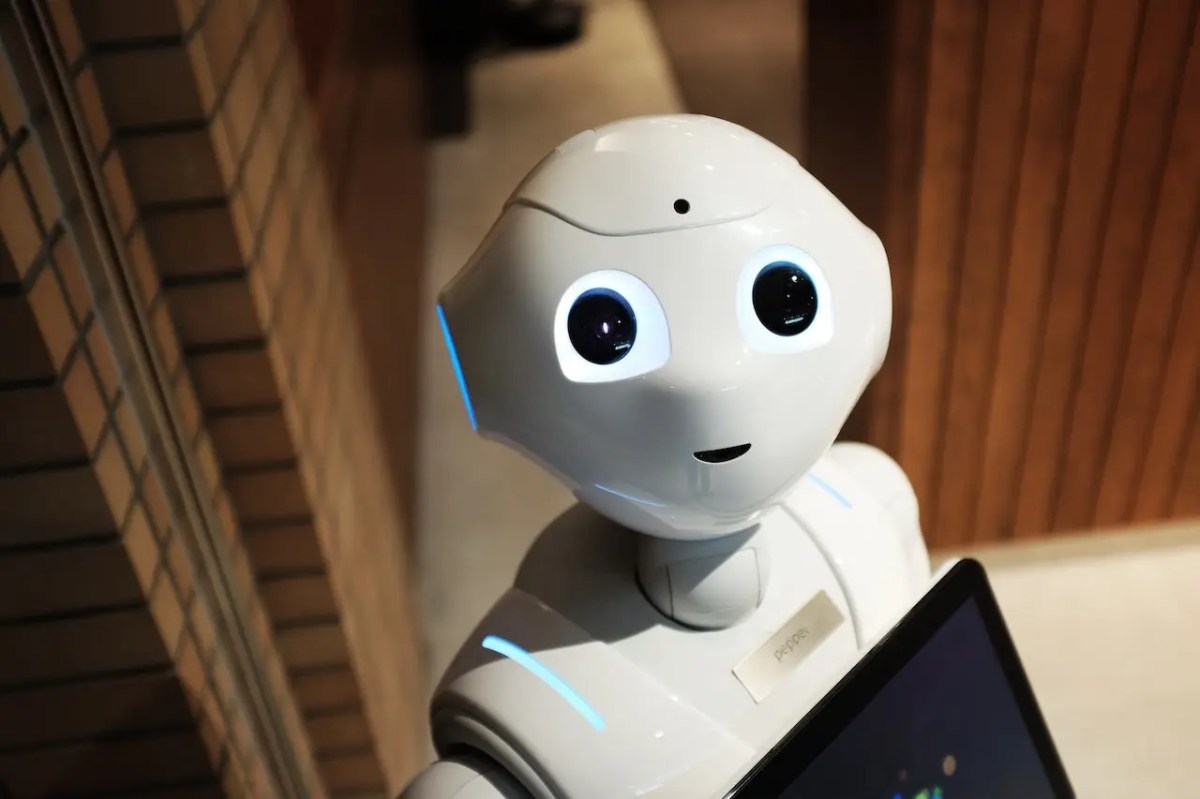
Credit: www.telefonica.com
Real-world Applications Of AI Robots
AI robots are revolutionizing industries with their advanced capabilities, showcasing real-world applications in healthcare, manufacturing, and more. These robots possess artificial intelligence, enabling them to perform tasks autonomously and adapt to changing environments, showcasing the true potential of AI technology in today’s world.
Real-World Applications of AI Robots
Healthcare and Surgery
In the field of healthcare, AI robots are revolutionizing patient care. They assist in surgeries, analyze medical images, and even provide companionship to patients. With their precision and ability to work non-stop, they contribute to better treatment outcomes and reduced human error.
Manufacturing and Logistics
AI robots play a pivotal role in manufacturing and logistics. They perform repetitive tasks with utmost accuracy and efficiency, leading to increased productivity and cost savings. These robots are capable of handling complex manufacturing processes and streamlining supply chain operations.
Overall, AI robots are making significant strides in various industries, enhancing productivity and efficiency while also improving the quality of services provided.
Ethical Considerations And AI Robotics
When it comes to the integration of artificial intelligence (AI) into robotics, ethical considerations play a crucial role in shaping the future of this technology. The development of AI in robotics raises significant ethical questions, particularly in relation to the autonomy debate, as well as privacy and security implications.
The Autonomy Debate
The Autonomy Debate centers around the level of independence and decision-making capabilities that should be granted to AI-powered robots. It raises concerns about the potential consequences of allowing robots to operate autonomously, especially in situations that involve critical decision-making. The ethical implications of granting robots autonomous decision-making abilities are a topic of ongoing debate within the AI and robotics community.
Privacy And Security Implications
Privacy and Security Implications are vital considerations in the development and deployment of AI robotics. With the integration of AI, robots are capable of collecting, processing, and storing vast amounts of data, raising concerns about privacy infringement and data security. As AI-powered robots become more prevalent in various sectors, the ethical responsibility to safeguard individuals’ privacy and ensure data security becomes increasingly critical.
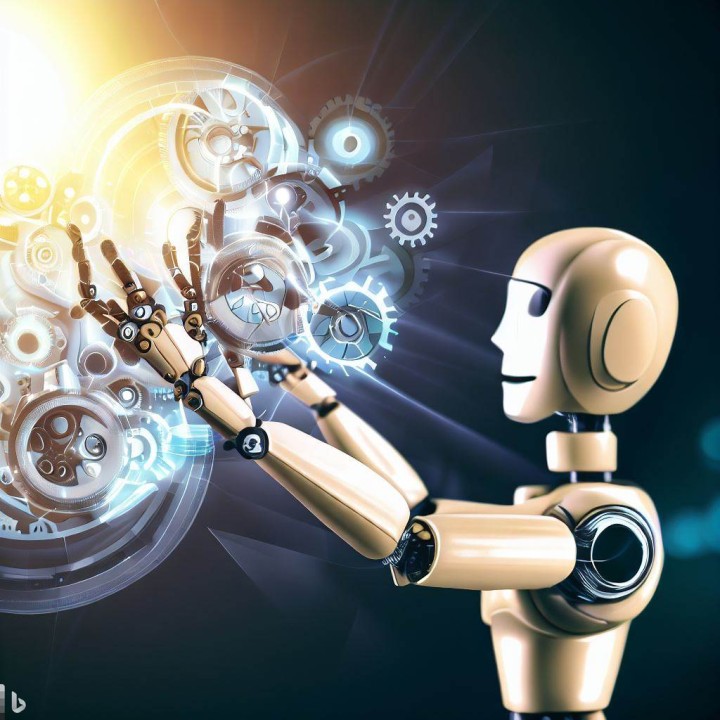
Credit: www.linkedin.com
The Future Of AI In Robotics
Robots are evolving with artificial intelligence capabilities, reshaping industries with enhanced efficiency and productivity. The fusion of AI in robotics enables machines to learn, adapt, and perform complex tasks autonomously, paving the way for groundbreaking advancements in various sectors.
Emerging Technologies
With the rapid advancements in technology, the integration of artificial intelligence (AI) in robotics has become a reality. Emerging technologies are revolutionizing the field of robotics, making it possible for robots to possess advanced cognitive abilities. These technologies include machine learning, natural language processing, computer vision, and deep learning algorithms.
Predictions And Potential
The future of AI in robotics holds immense potential. Experts predict that robots with AI capabilities will become an integral part of our daily lives. From household chores to healthcare assistance, AI-powered robots will streamline various tasks and enhance efficiency. They can assist in elder care, perform complex surgeries, and even provide companionship.
The Impact On Industries
AI-powered robots have the potential to revolutionize various industries. In manufacturing, robots can automate production lines, leading to increased productivity and reduced costs. In healthcare, robots can assist medical professionals in surgeries and patient care. The transportation industry can benefit from autonomous vehicles, ensuring safer and more efficient transportation.
Ethical Considerations
As AI in robotics progresses, ethical considerations arise. Questions surrounding job displacement and human-robot interaction need to be addressed. Striking a balance between AI capabilities and human involvement is crucial to ensure the ethical and responsible development of AI-powered robots.
The Road Ahead
The future of AI in robotics is promising. As technology continues to advance, we can expect even more sophisticated and intelligent robots. These robots will have the ability to learn from their experiences, adapt to new situations, and collaborate with humans seamlessly. It is an exciting time as we witness the transformative impact of AI on the field of robotics.
Frequently Asked Questions
Do Robots Have Artificial Intelligence?
Yes, robots can have artificial intelligence that allows them to perform complex tasks and make decisions based on data and algorithms.
How Do Robots Acquire Artificial Intelligence?
Robots acquire artificial intelligence through machine learning, which involves training algorithms on large amounts of data to recognize patterns and make predictions.
What Are The Benefits Of Using Robots With Artificial Intelligence?
Robots with artificial intelligence can improve efficiency, accuracy, and safety in various industries, from manufacturing to healthcare.
Can Robots With Artificial Intelligence Replace Human Workers?
Robots with artificial intelligence can automate certain tasks, but they cannot replace human workers entirely. They can, however, enhance and augment human abilities.
What Is The Future Of Robots With Artificial Intelligence?
The future of robots with artificial intelligence is promising, as advancements in technology continue to make them more advanced and capable of performing increasingly complex tasks. They will continue to play a significant role in various industries and improve our lives.
Conclusion
In essence, robots possess artificial intelligence capabilities that continue to evolve rapidly. As technology advances, the line between human and machine intelligence blurs. Understanding the intricacies of AI in robots is essential for harnessing their potential in various fields. Embracing this technology opens up endless possibilities for innovation and progress.








































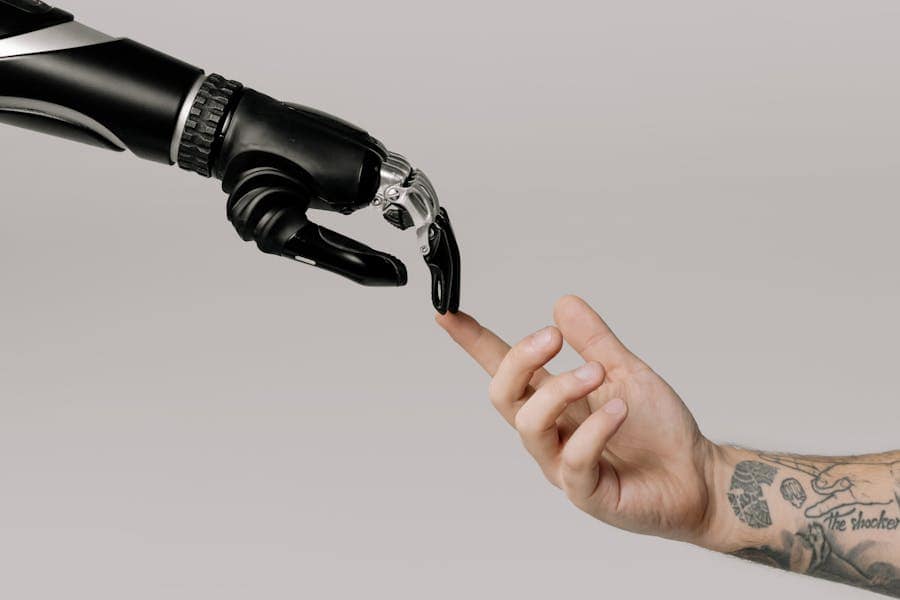

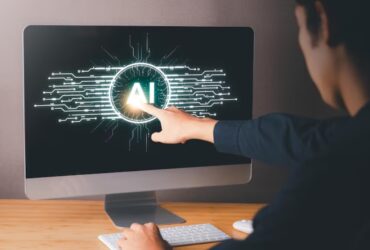
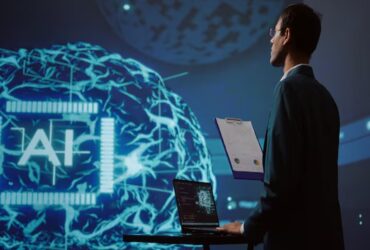
Leave a Reply